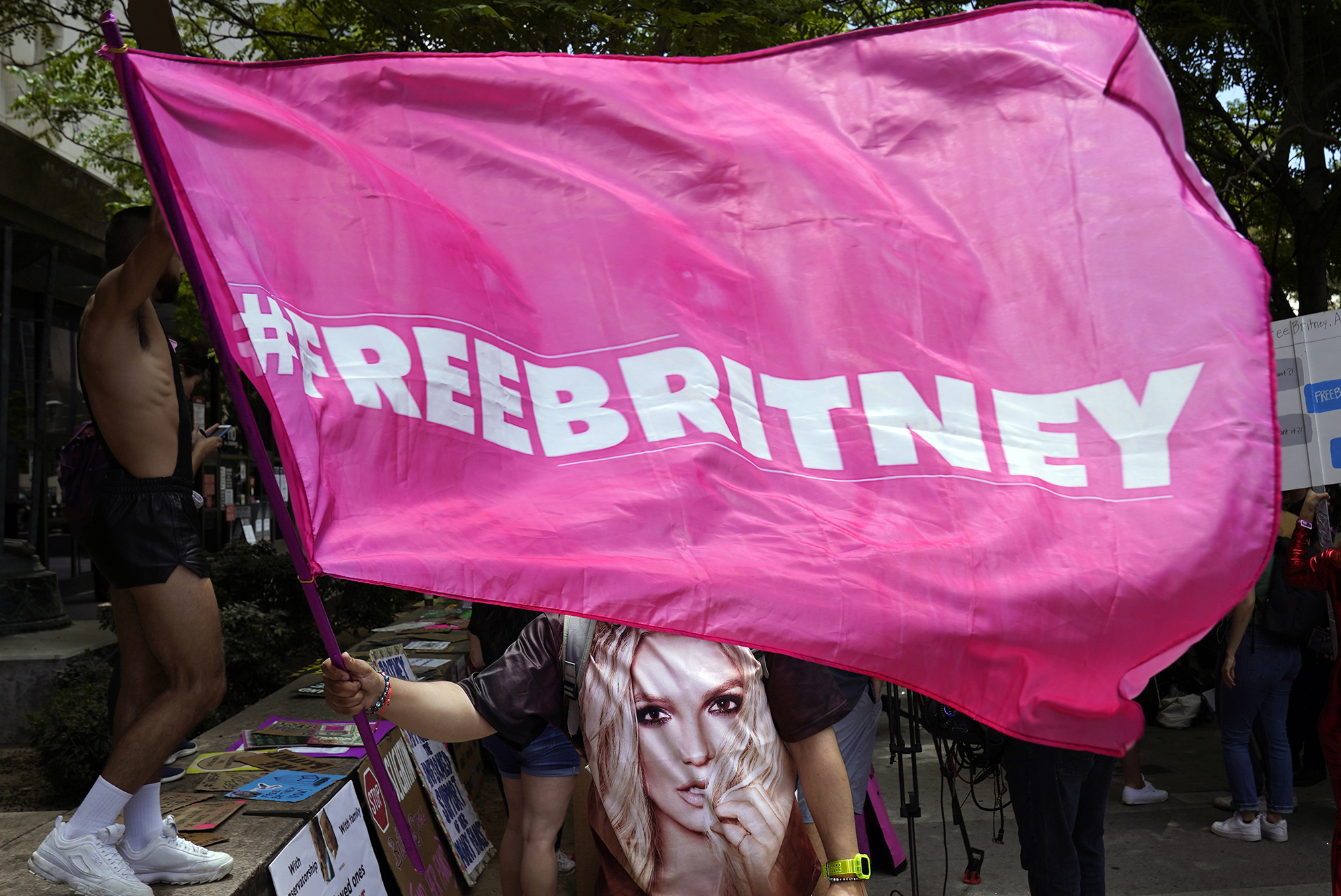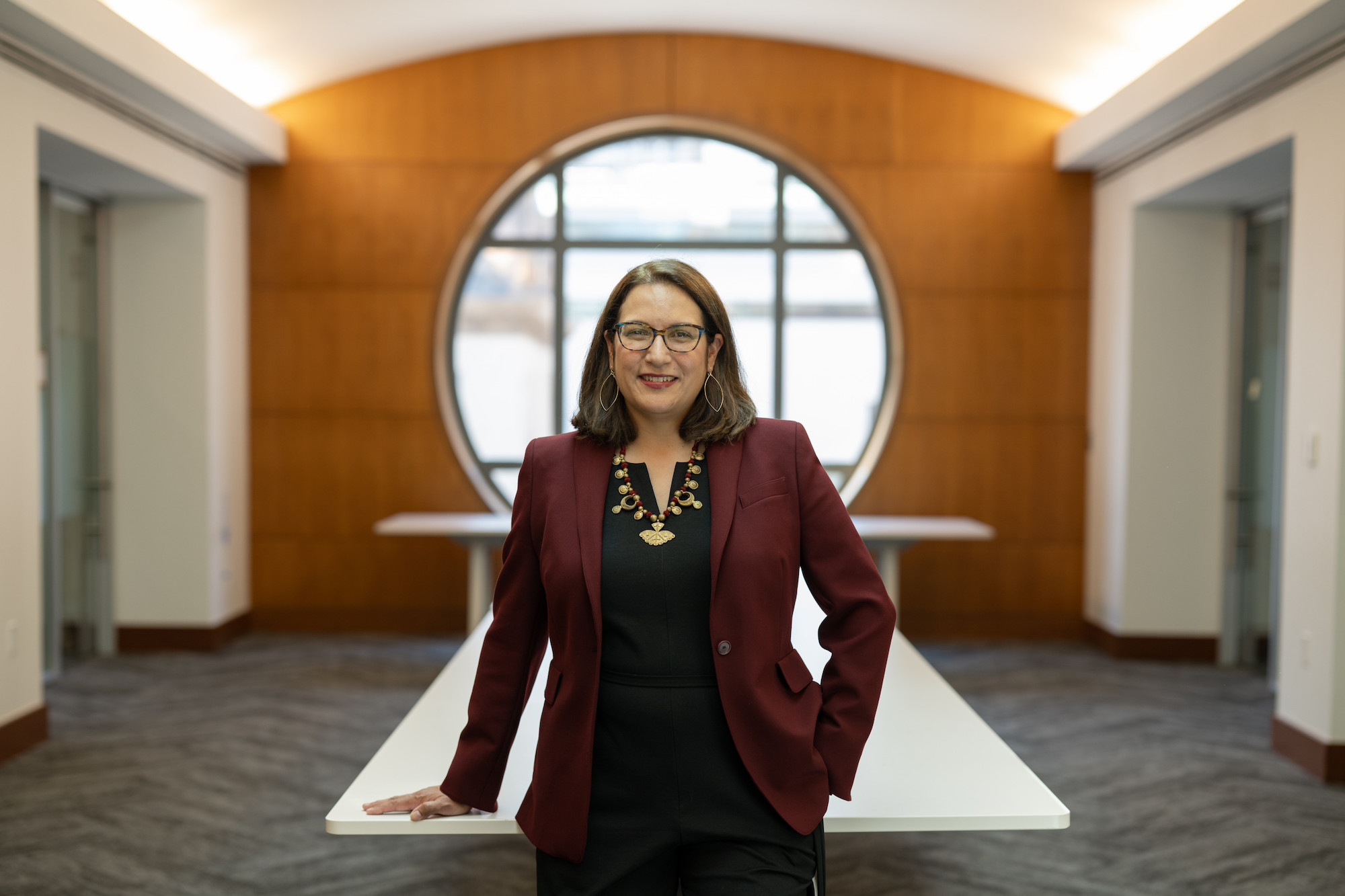When does it make sense to enter into a conservatorship? What’s the proper use of this legal arrangement?
It’s an interesting question because right now I’m researching the history of conservatorship, and there’s a piece of the history that’s less known, which is the racial history of conservatorship. It is a system that was used in two particular moments in history that we don’t often discuss as being about conservatorship and disability. First is stripping Native Americans of property through the conservatorship system. Second is the use of guardians for free Black Americans during the antebellum period, where they had to essentially go through the courts to get a white person as guardian in order to enter into contracts, to work, to move freely in some spaces. My work looks at these two instances as fundamental to the design of conservatorship.
As for when it is good to use it, or is there a proper moment for its functioning, assuming we can reform all the transparency issues and the accountability issues, I’m not sure. It might make more sense, given the history involved, to scrap conservatorship as an institution and redesign it, to rethink and identify with specificity the problem we are trying to solve. We haven’t done that since the inception of the system, so it’s time.
Why does it seem like we are hearing about conservatorships a lot these days? Is it because of these celebrities, or are they being used more often?
The better question might be why don’t we hear more about them? These types of proceedings—including the dockets, the information about the parties, the hearings, and the pleadings themselves—have generally been closed to public inspection and review. It was assumed that cloaking these proceedings under a veil of privacy was the way to go because the information was so damaging. That is to say, the assumption was that disability was so stigmatizing that, of course, people involved in these systems would want to keep the public out. All of that has historically left little accountability and transparency with respect to these institutions. Britney Spears went almost 14 years without having a public audience to what was happening in those proceedings. The moment when the judge decided to have public access to those proceedings over Zoom was quite frankly a breakthrough moment. In my opinion, that moment led to the end of her conservatorship.
How does the conservatorship system need to be reformed?
We have to understand the history better, and we have to have a public moment of contestation where we are asking what the point is of conservatorship. What is the problem we’re trying to solve? If we’re trying to solve for the fact that some people over time may need assistance in their decision making, we can envision an entirely different system and part of that is recognizing that most people in the world have different levels of support already built into their decision-making process. I usually do this with my law students. They all decided to go to Penn, and I ask them how they went about deciding. How did that happen? We begin to dissect it and they talk about how they relied on friends, called family members, some did independent research, others hired professionals to help them with that process. When I engage with them in this exercise, they come to the conclusion that scaffolding, or support for important decision making in people’s lives, is built-in and largely invisible. But when someone has a disability, the needed support for decision making becomes very visible and leads to court intervention. So, noting the universality of support in decision-making, how do we provide that scaffolding around people who have different levels of functional capacity? I think if we reframe that as the question and the problem we’re trying to solve, you get a very different system than bringing a court into the picture.
What’s the most important thing for people to understand about conservatorships?
Conservatorship is a system that essentially amounts to civil death. When you have an order in this arena, you cannot get your decision-making rights back except through another court order. Conservatorship is really high stakes, and it is really hard to undo. The lack of transparency and publicity surrounding it leads to serious problems that we’ve seen in the last couple of years. I don’t think that there’s a rise necessarily in conservatorships. I think what we’re seeing are breakthrough cases, and they happen to be the ones of celebrities or people who are well known. But we don’t even have a sense of how many people across the United States are in conservatorships. We have no national numbers, state data is variable, and the demographic data that goes with it is virtually nonexistent. The public doesn’t have a sense of the magnitude of the problem or the stakes. And, if they did, I think you’d have a serious conversation about what we want to do with this system. My work is trying to push us to that moment of public contestation.









